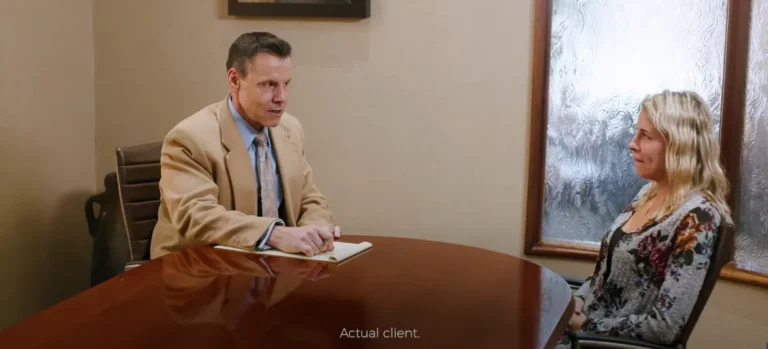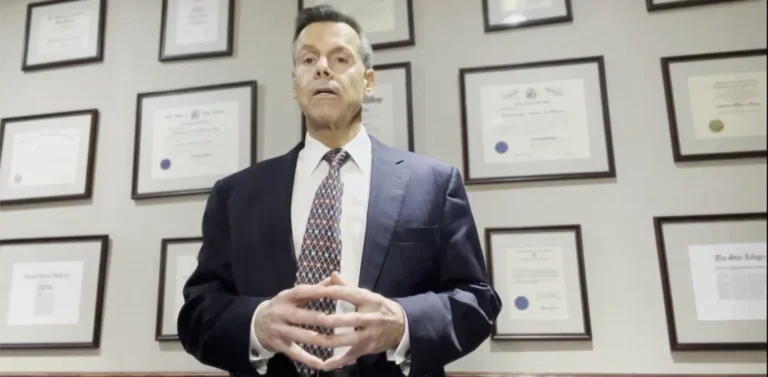Motor Vehicle Accident Lawyers
Motor Vehicle Accident Lawyers
In New Jersey, auto accidents represent the second-leading cause of accidental death; in an average year, the state experiences between 200,000 and 300,000 total traffic accidents, numbers that typically include about 60,000 non-fatal injury crashes and 500 fatal crashes.
The injuries that result from these accidents can cost victims tens of thousands of dollars in medical expenses and lost wages; worse yet, their expenses may continue to mount should they suffer long-term or permanent disabilities that interfere with their ability to work or perform necessary tasks at home.
Thankfully, New Jersey law provides several options for compensation to victims who sustain injuries in a motor vehicle accident. Depending on your accident, its resulting damages, and your insurance, you may be able to pursue claims and lawsuits that work to provide you with full and fair injury compensation.
Since 1991, Garces, Grabler & LeBrocq has represented car accident victims against at-fault drivers and insurers. Our team of experienced motor vehicle accident lawyers negotiates aggressively and litigates fearlessly for all clients as they fight for just compensation.
Types of Motor Vehicle Cases
Motor vehicle collisions take a heavy toll on all road users; in 2023, motor vehicle accidents in New Jersey killed the following amounts of people:
- 331 drivers
- 88 passengers
- 25 cyclists
- 177 pedestrians
In other words, not a single kind of road user was immune from injury or death due to motor vehicle crashes, and every county in the state had at least four deaths.
The types of motor vehicle cases that can arise from these crashes are as follows:
CAR ACCIDENTS
Most car accident cases involve a multi-vehicle collision; one vehicle hits another while both are “in transit,” which simply means the vehicles are in active transport of people or goods.
In contrast, single-vehicle accidents happen when a driver does any of the following:
- Hits a fixed object, like a sign, building, or bridge support
- Strikes a parked vehicle
- Runs off the road
- Overturns without hitting another vehicle
Nevertheless, single-vehicle accidents can still trigger car accident cases if they result from vehicle or road defects.
In general, car accidents can involve any vehicle body style, including:
- Sedans
- SUVs
- Vans
- Pickup trucks
These vehicles may be involved in a standard car accident case if used for personal or business purposes. Still, commercial motor vehicles of the same body styles fall under federal regulations.
TRUCK ACCIDENTS
Under U.S. law, a “commercial motor vehicle” is defined by the following characteristics:
- A gross vehicle weight rating of at least 10,001 pounds
- Carrying hazardous materials in amounts that require a warning sign
- A bus that carries a driver and at least seven passengers for compensation, or at least 15 for no compensation
With those factors in mind, the definition collectively covers the following kinds of vehicles:
- Semi-trucks with or without trailers
- Construction vehicles
- Delivery trucks
- City buses
- Charter buses
- Private buses (i.e., church buses)
- Shuttle buses
As commercial vehicles, each must comply with different regulations from those in place for private passenger vehicles; additionally, their operators must also meet federal insurance and surety bond requirements to pay for injuries, property damage, and environmental harm caused by truck crashes and bus accidents.
MOTORCYCLE ACCIDENTS
Motorcycles aren’t necessarily more prone to accidents, but when they do occur, motorcycle crashes are four times more likely to injure and 24 times more likely to kill in comparison to car crashes.
Since motorcycles only have two wheels, a minor collision or even a near-miss can cause the operator to crash and suffer serious injuries, some of which can be more severe than a car driver in the same situation; motorcycles lack a passenger compartment to protect riders in the event of a collision, so riders may be ejected from their motorcycle and even crushed under it when hit.
PEDESTRIAN ACCIDENTS
Drivers hit thousands of pedestrians every year in New Jersey, and since pedestrians generally have no means of protecting themselves, these accidents cause just as many injuries; worse yet, pedestrian injuries can happen both in the initial impact by the vehicle and the subsequent fall to the ground.
Causes of pedestrian accidents often include a driver’s failure to yield the right-of-way to pedestrians at intersections or marked crosswalks, though many also happen when a driver simply never sees the pedestrian due to inattention or distraction.
BICYCLE ACCIDENTS
Cyclists face many of the same dangers as pedestrians at intersections and mid-block crossings, but they face additional risks when sharing roads with motor vehicles.
Many bicycle collisions happen when drivers — even after seeing them — crowd bicyclists while passing by or attempting to beat them through intersections. These collisions can cause serious injuries, as cyclists can be ejected from their bikes or run off the road into curbs, signs, or other fixed objects.
RIDESHARE ACCIDENTS
Rideshare companies like Uber and Lyft first took the world by storm just a decade ago, but that rise in popularity exposed the risks such a service creates for passengers and road users.
New Jersey started regulating rideshare companies and their drivers in 2017; they must carry liability insurance policies to protect any passengers, pedestrians, cyclists, or motorists injured in rideshare accidents caused by rideshare drivers.
What Damages Can You Collect?
New Jersey uses choice no-fault auto insurance, which guarantees that all people hurt in motor vehicle accidents can access medical care regardless of who caused the crash; still, there may be a limit to the damages you can collect based on your selected coverage and injuries.
The two types of damages you might collect in a motor vehicle accident claim include the following:
ECONOMIC DAMAGES
Economic damages encompass all the ways your injuries affect your finances, including things such as:
- Amounts you paid (or still owe) for medical bills
- Costs for future medical treatments, therapies, and medications
- Income you lost due to missed work
- Future income you won’t earn due to long-term or permanent disabilities
- Reasonable and necessary out-of-pocket expenses
Garces, Grabler & LeBrocq proves your economic damages using financial records like doctor’s bills, bank statements, and receipts.
NON-ECONOMIC DAMAGES
Non-economic damages cover how your injuries diminished your quality of life. Some examples include the following:
- Physical pain
- Mental anguish and emotional distress
- Disability
- Disfigurement
- Dismemberment
We’ll use testimony from you as well as those around you to prove how your injuries have affected your life in non-monetary ways.
MORE ABOUT NO-FAULT INSURANCE
When buying auto insurance, you must choose between full and limited tort coverage. Vehicle owners who choose the former retain the right to sue the at-fault driver for economic and non-economic losses; those who select the latter lose the right to sue the at-fault driver for non-economic losses unless they suffer permanent injuries or disfigurement.
The no-fault system doesn’t apply to motorcycle accidents, truck accidents, and rideshare accidents; motorcycle owners can’t buy no-fault insurance in the first place, trucking companies must comply with federal (as opposed to state) insurance requirements, and rideshare companies are covered by different New Jersey insurance laws altogether.
No-fault insurance is also applied differently in pedestrian and bicycle accidents: Pedestrians and cyclists who own vehicles are covered by their no-fault insurance even when they are walking or biking; when they don’t have no-fault insurance through their vehicles, they fall under the no-fault coverage of the vehicle that hit them.
No Fee Unless
GGL Wins
Who Might Be Held Accountable?
Accountability for motor vehicle crash injuries can fall on many parties, such as:
YOUR NO-FAULT INSURER
Under New Jersey’s no-fault system, your no-fault insurer should pay benefits to you even if you caused the collision; however, in doing so, they don’t make any money.
As such, your insurer might deny your claim on many grounds, saying things like:
- You weren’t involved in a motor vehicle accident
- Your accident didn’t cause your injuries
- Your injuries are (or were caused by) pre-existing conditions
- You received treatment not covered by your policy
Your lawyer can respond to such claim denials with hard evidence and legal arguments, forcing the insurer to provide you with medical and income replacement benefits up to your insurance policy limits. New Jersey requires you to carry at least $15,000 in no-fault coverage, but you can purchase up to $250,000.
AT-FAULT DRIVER’S INSURER
If you escape the tort limits of the no-fault system, you can file a claim against the at-fault driver’s auto liability policy. Auto liability insurance pays third parties injured by a covered driver; in your case, you’re the third-party claimant, and the driver who hit you is the “covered driver” who failed to exercise reasonable care.
Drivers can also commit negligence when they do something dangerous even though they didn’t break any laws; for example, a driver who eats while driving won’t violate any traffic laws, but they might still be acting negligently as they are failing to exercise due care.
Nevertheless, liability insurers can deny claims for many of the same reasons as no-fault insurers, and they even have an additional ground for claim denials: Liability insurance is fault-based, which means your lawyer must prove the covered driver negligently caused the crash; if they exercised reasonable care, they’d bear no fault for the crash.
If the insurer accepts your claim, it’ll issue a settlement payment in exchange for releasing your legal claims; should the insurer refuse to settle, you and your lawyer must decide whether to file a lawsuit against the at-fault driver.
AT-FAULT DRIVER
The driver might be accountable in two situations: First, uninsured drivers have no insurance company to defend them or pay their liabilities, meaning you’ll proceed directly against uninsured drivers since you can’t file an insurance claim.
Second, the driver is accountable if your losses exceed their policy limits; for example, suppose the driver has $15,000 in bodily injury liability coverage, and your losses total $35,000. In such a case, the insurer will pay $15,000 of your losses, while the at-fault driver must pay the remaining $20,000.
RIDESHARE INSURER
Rideshare companies and their drivers must carry special liability policies when the driver is either logged into the rideshare company’s system and available to accept rides or already carrying passengers. Your lawyer can file a claim against the insurer after you get injured in either of these situations.
TRUCKING COMPANY
Just as you can with an at-fault driver, you can hold trucking companies accountable in two ways: First, trucking companies are vicariously liable for the negligent acts of their employees, which means you have a valid claim against one if its employee crashes a company truck into your car.
Second, trucking companies are liable for their negligent acts, which may include things such as:
- Hiring a driver without checking their background
- Retaining a driver after a safety incident
- Failing to conduct or report drug and alcohol tests of drivers
- Loading trucks improperly
- Failing to supervise drivers and maintenance workers
- Failing to monitor and follow maintenance schedules
- Failing to repair equipment known to be broken
Under federal law, trucking companies must carry at least $750,000 in insurance and surety bonds and more if they transport hazardous material.
VEHICLE MANUFACTURER
Manufacturers are strictly liable for injuries caused by defective products. With that said, to hold a manufacturer accountable for product liability, your attorney must prove that a defect in your vehicle’s design, manufacture, or instructions caused your crash.
YOU
New Jersey uses a doctrine called “comparative negligence,” under which an insurance company or jury can assign a share of the blame for your injuries to you based on your negligence; for example, if you were speeding when a distracted driver turned in front of you, both of you might share in the responsibility for the crash.
A court or insurer will reduce your compensation according to your share of the blame; thus, you’ll only receive 82% of the damages should an insurer assign 18% of the fault to you.
Common Causes of Motor Vehicle Accidents
Car accidents in New Jersey happen in fairly predictable ways, some of the most common of which are as follows:
DISTRACTED DRIVING
A driver is considered to be distracted whenever they focus on something other than driving. Distractions take the driver’s hands, eyes, or mind away from controlling their vehicle safely.
Some examples of distractions include things like:
- Cell phone use
- Eating and drinking
- Talking to passengers
- Reading billboards
- Rubbernecking at other wrecks
Distracted drivers can’t see and react to hazards, meaning they often cause rear-end collisions. They might also hit pedestrians, motorcycles, and bicycles due to their inattention.
SPEEDING
Speeding not only includes instances of exceeding the posted speed limit but also traveling too fast for certain conditions; thus, a safe speed on dry roads might qualify as speeding on wet or icy roads.
In any case, speeding cuts the time and space drivers have to stop when encountering other motorists, increases the risk that the driver will lose control of their vehicle, and can also lead to rear-end collisions when the vehicle ahead of the speeder stops abruptly.
FAILING TO YIELD THE RIGHT-OF-WAY
The most common cause of intersection collisions is when one driver fails to yield the right-of-way to another by doing any of the following:
- Proceeding through a four-way stop out of turn
- Disobeying a stop sign or red light
- Turning across or into the path of an oncoming vehicle
- Driving into an occupied crosswalk
Intersection accidents are remarkably dangerous; side-impact collisions can cause crushing injuries as a door collapses into the victim’s vehicle.
INTOXICATED DRIVING
Intoxicants can affect a driver’s judgment, reflexes, and coordination, making them unable to comprehend traffic hazards and navigate safely around them. With that said, crashes caused by intoxicated drivers are tragic because they’re ultimately preventable; instead of driving under the influence of drugs or alcohol, always call a taxi or request a rideshare pickup.
Why Hire GGL?
Car accident cases can present complex legal and factual issues, and even with the law and facts on your side, insurers have a financial incentive to make the process as complicated and frustrating as possible, hoping that you’ll drop your claim or accept a low settlement just to end the process sooner.
The motor vehicle accident lawyers at Garces, Grabler & LeBrocq have successfully represented thousands of clients over the past 30 years. In that time, we’ve recovered over $1 billion in injury compensation for injured clients like you. Contact us online or at 1-800-923-3456 today for a free consultation; we’ll discuss your car accident and how we can help you with your claim.
Related Practice Areas
No Fee Unless
GGL Wins
We've got you covered.
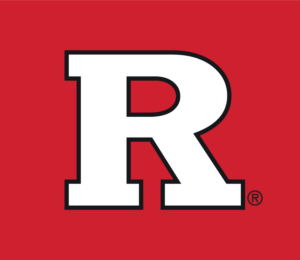
OFFICIAL PARTNER OF RUTGERS ATHLETICS
Recent GGL Wins
Auto Accident
31-year-old man who was cut off by another car causing his car to flip over. He sustained head injuries, facial injuries, and half of his pinky finger was amputated.
$3 Million
Verdict
Auto Accident
Mediation award Plaintiff was injured in an intersection motor vehicle collision resulting in neck and low back fusion surgeries. Read more…
$2 Million
Verdict
Auto Accident
Female passenger in vehicle rear-ended on Parkway. She sustained herniations resulting in multiple injections; a percutaneous discectomy; invasive surgery; and ultimately a percutaneous pain stimulator trial which did not result in a final implantation. There was no wage loss. Case settled for $1.6 Million. The primary carrier (NJM) paid $1Million and the insured’s excess carrier paid $600K
